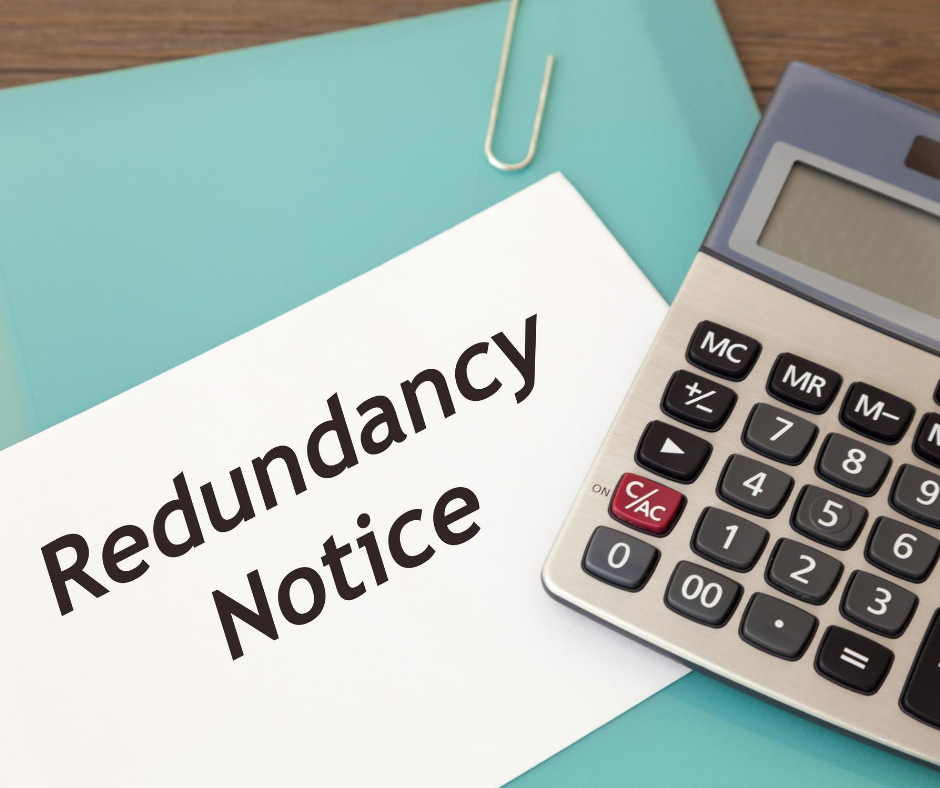WHAT IS TERMINATION PAY?
Termination pay is another name for the final payment an employee receives when their employment ends. It differs from regular pay because it includes:
- Any time worked since the last pay period.
- Any leave entitlements owed to the employee.
- Any other contractual benefits such as notice periods or redundancy compensation.
- Any other agreed payments, such as a bonus or commission.
It is paid on their last day of work, or no later than the next pay period from the actual termination date. An employment agreement will usually state when termination pay needs to be processed, so it’s best to check and confirm.
TIPS TO STAY COMPLIANT WHEN CALCULATING FINAL PAY
Before we get into the calculations, here are three tips to get you started.
Review the employee’s employment agreement.
Keep an eye out for anything that’s non-standard to make sure you’re not breaching any contractual obligations. Some of the less common entitlements you might come across are long service leave and redundancy compensation but benefits can vary between companies.
Determine whether an employee has worked more or less than 12 months for your organisation.
It’s important to make this distinction as it will impact how termination pay will be calculated.
Include a breakdown in the employee’s final payslip.
This demonstrates compliance and shows the employee that their final pay is accurate. They will also feel confident that they’re receiving all their entitlements.
HOW TO CALCULATE LEAVE ENTITLEMENTS
Employees that have worked for less than 12 months:
If an employee has worked for less than 12 months, the calculation is straightforward. They should be paid 8% of their gross earnings since they started employment, minus any annual leave that was taken in advance or paid on a pay-as-you-go basis. You’ll also have to pay out any contractual benefits owing.
Employees that have worked for more than 12 months:
For someone that has worked longer than 12 months, it gets a little more complicated. In this case the employee’s leave entitlements will be made up of three things:
- Any annual leave entitlement owing
- Any public or alternative holidays owing
- Any annual leave accrued
WHAT IS ACCRUED ANNUAL LEAVE?
Accrued annual leave is the leave someone earns up until they get their full four-week entitlement. The Holidays Act 2003 states that employees only become entitled to their four weeks of annual leave every 12 months, so accrued leave is a useful tool to show you how your employees are progressing towards their full four-week entitlement.
Imagine someone has worked in a role for 18 months. If their employment ended at this point, they would receive their four week entitlement at 12 months, and effectively six months of accrued leave in their final pay. Any annual leave they had taken in advance would be subtracted from their leave balance.
HOW TO CALCULATE ANNUAL LEAVE ACCRUAL FOR FINAL PAY
Let’s break this calculation down into four steps:
- Calculate the employee’s gross earnings from when they last received their annual leave entitlement to the date their employment ends.
- Add the value of any unused annual leave, public holidays and alternative holidays owing to these gross earnings.
- Work out 8% of this sum
- Subtract any annual leave taken in advance or paid on a pay-as-you-go basis
SOMETHING TO LOOK OUT FOR….
On termination, an employee’s final day of work is notionally extended by any annual leave entitlement not taken. This is to determine if an employee is entitled to public holidays that fall within this extended period. It has nothing to do with notice periods and is different from the date on which the employment agreement is terminated.
This means that if an employee had three weeks of annual leave owing, an employer would need to add three weeks to the employee’s end date. If a public holiday fell within this three-week notional extension, and the employee would normally work on that day, the employer would need to account for the public holiday in the employee’s final pay.
WHAT ABOUT REDUNDANCY?
When it comes to redundancy, it’s essential that a valid workplace change process is followed. Here is a breakdown of the key steps all employers should complete before making an employee redundant:
- Create a business case for the proposed redundancy. Ensure this is supported by accurate and relevant evidence.
- Document your business case and present it to the employee with all potential options in a workplace change proposal.
- Give the employee an opportunity to consider the proposal, seek advice and have their say.
- Genuinely consider any feedback the employee provides.
- Make a business decision and present it to the employee in writing.
DO YOU HAVE TO PAY REDUNDANCY COMPENSATION?
There is no legal obligation to pay redundancy compensation to an employee. However, compensation may be agreed on in the employment agreement. Your payroll team will need to know exactly what is in the employment agreement to accurately process final pay for redundancy.
Tip: Employees will still be entitled to work, or be paid, their notice period, even if they aren’t entitled to redundancy compensation. If you want to pay out some or all the employee’s notice period, you should first check to see what the notice period is in the employment agreement and whether it allows for the notice period to be paid in lieu of notice.
WANT TO KNOW MORE?
Termination pay is a particularly tricky topic as there can often be emotions involved and this can push payroll to the side. However, it’s important to keep payroll top of mind when considering any kind of termination. If you have any questions about final pay or what the Cooper Aitken Wages Team can do to make your payroll even easier, please get in touch today, as we would love to help you!
Disclaimer: The content of this article is general in nature and not intended as a substitute for specific professional advice on any matter and should not be relied upon for that purpose.




